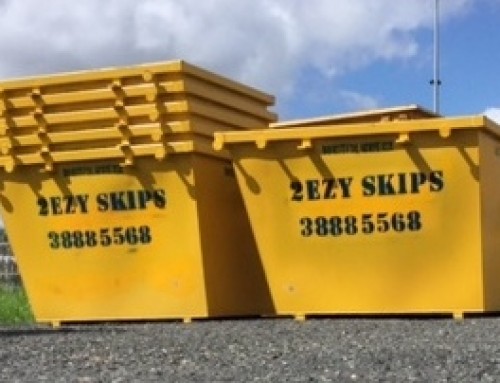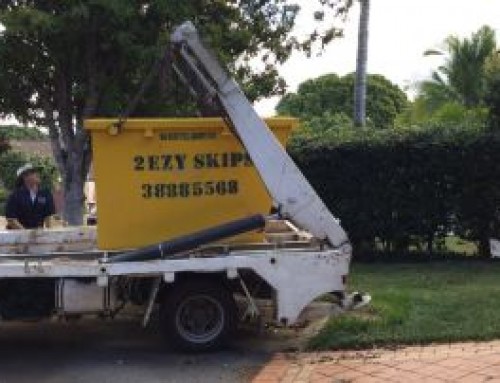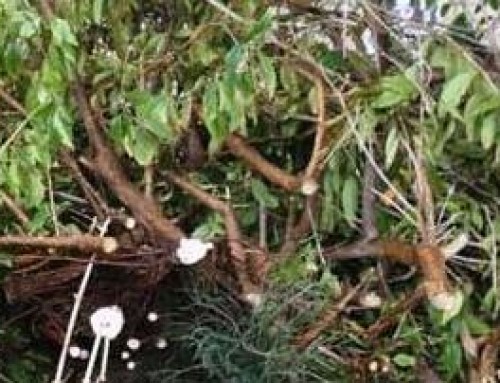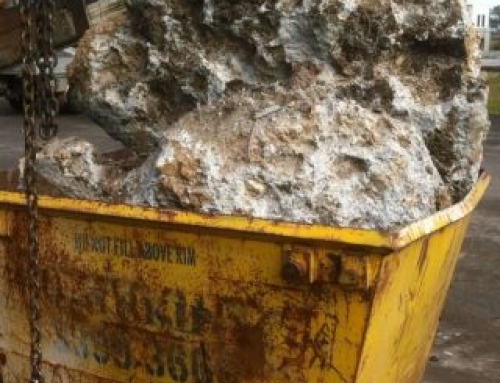For those customers who have hired their bins for a number of days, it is recommended not to leave the loading until the last day. You never know when life, work or the weather can hamper your plans.
Any flat pieces should be placed at the bottom of the bin, provided that they are not resting on the side or end of the bin, because this would leave a cavity under the item.
Larger items like furniture, should be loaded in next. Finally, pack all your smaller items around the larger items. Try to load all items in tightly as the less voids and space you leave the more you will fit in the bin.
If you are loading a fridge or cupboards of some type, then lay them facing up so that you can open the doors and put the smaller items inside.
It is a good idea to break up any items, as the smaller you make them the more you will fit into the bin.
Timber and chipboard furniture can be dropped on their bottom back corner. The diagonal force easily breaks it down into flat pieces.
Mattresses, up to queen size, can be left to last, to lay flat on top of the other rubbish and level with the top of the bin. Queen size mattresses fit snugly into the 4 and 6 cubic metre bins.
Fill only to the top rim of the bin so it can be transported safely by our skip bin drivers.
Weight Limits Each skip bin size has a weight limit, but providing you follow the general waste guidelines,(no building / renovation materials, dirt, bricks or concrete), you should be within the weight limit.
Paint Tins. We are not allowed to take liquid paint. However, if you solidify the paint in the tin by mixing with a commercial paint hardener or soil, sawdust, sand etc you can put it in the skip bin. Alternatively spread the wet paint onto old carpet / rug/ newspapers and let dry before rolling up and placing in the bin. No-one wants to drive behind a skip bin truck with wet paint or liquids coming out the back.
We CANNOT take any tyres, asbestos, liquids or hazardous waste in our skips.




